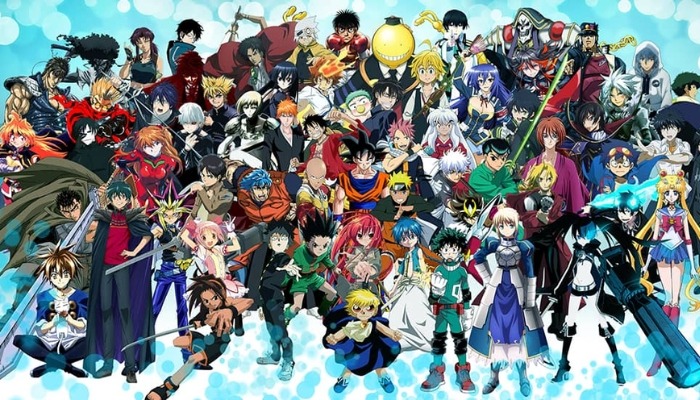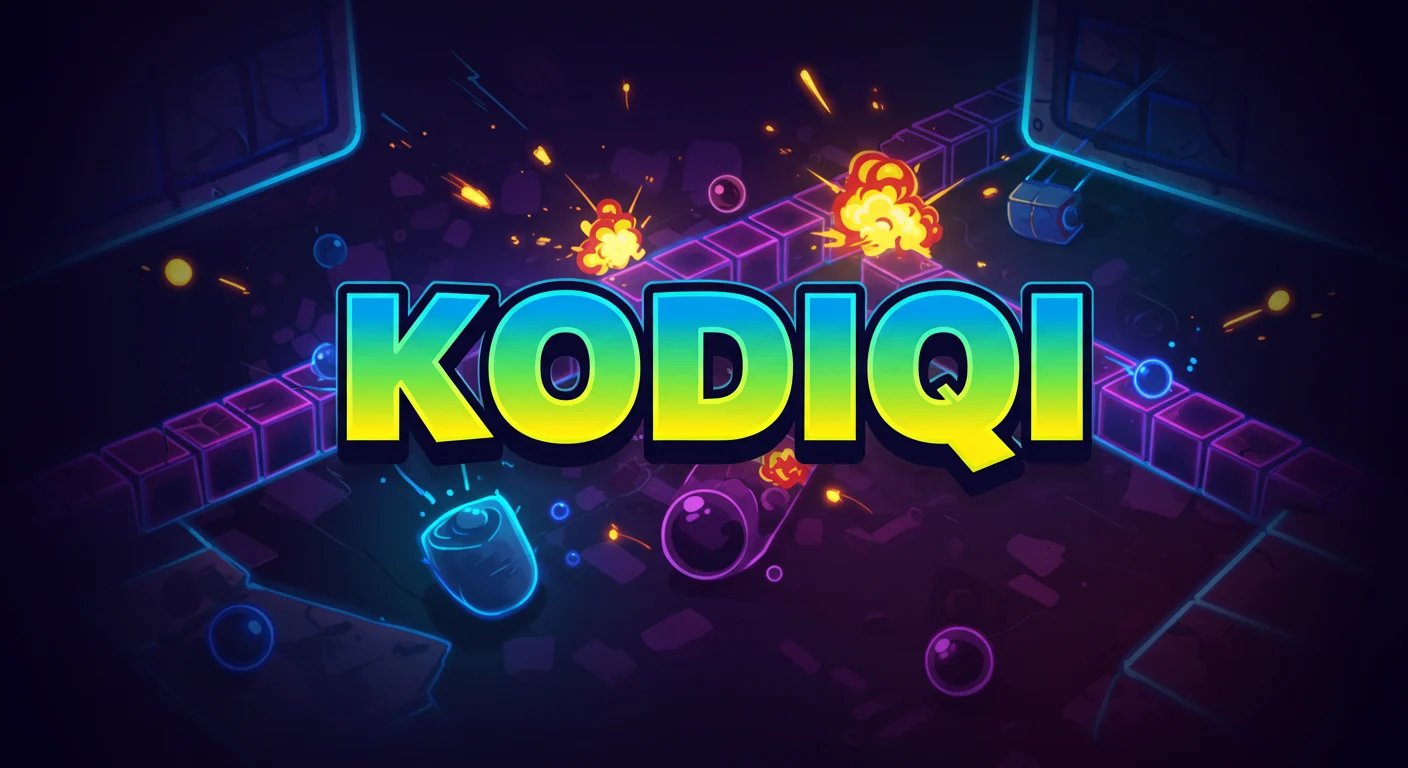In the world of Japanese literature and entertainment, light novels and romance manga hold significant influence. If you’re an avid reader of manga online, this comparison will provide a deeper understanding of these two beloved forms of entertainment.

Format and Structure
One of the primary differences between light novels and romance manga lies in their format. Light novels, as the name suggests, are short novels usually consisting of around 50,000 to 70,000 words, often divided into several volumes.
These novels generally contain a few illustrations, but the majority of the story is told through text. Light novels are highly focused on written narrative and descriptive language, allowing for a more in-depth exploration of the story’s world, characters, and themes.
In contrast, romance manga is a graphic medium, relying on both art and text to convey its story. Manga is typically serialized in chapters, often published weekly or monthly in magazines before being collected into volumes.
The visual nature of manga allows for dynamic storytelling through art, making it easier to convey emotions, action, and dialogue. The combination of illustration and text creates a seamless flow, making manga accessible and visually engaging.
Audience and Demographics
Light novels and romance manga often target different demographics. While both can appeal to a wide range of readers, light novels typically cater to older teens and young adults. The stories in light novels often delve into complex themes, philosophical questions, and detailed world-building, which can appeal to readers who enjoy long-form literature.
Light novels in the romance genre may incorporate elements of fantasy, science fiction, or even mystery, adding depth to their romantic plotlines. On the other hand, romance manga has a broader demographic reach, often categorized into various genres such as shoujo (aimed at young girls) and josei (targeted toward adult women).
While the primary focus of romance manga is on relationships and emotional experiences, the target audience plays a significant role in determining the tone and depth of the story.
Shoujo romance manga tends to emphasize lighthearted, often idealized love stories, whereas josei manga may explore more mature themes, including complicated relationships, marriage, or life after love.
Storytelling Techniques
The storytelling techniques in light novels and romance manga differ significantly due to their respective formats. In light novels, authors rely heavily on descriptive text to build the world and develop characters.
The use of internal monologues is common, providing readers with deep insight into a character’s thoughts and emotions. This allows light novels to explore complex themes and create multi-layered narratives.
In contrast, romance manga employs a more visual style of storytelling. While dialogue is important, much of the emotional weight is conveyed through illustrations. The use of facial expressions, body language, and background art allows manga artists to convey feelings like love, tension, or conflict in a way that’s immediately accessible.
The pacing in manga also tends to be faster, with each chapter often ending on a cliffhanger or emotional high point, encouraging readers to keep coming back for more.
Art vs. Imagination
One of the defining elements that sets romance manga apart from light novels is the role of art. Manga artists, or mangaka, have the responsibility of visually bringing characters, settings, and emotions to life.
The quality of the art can greatly affect the reader’s experience, especially in romance manga, where subtle expressions and gestures are key to portraying romantic tension or affection. Readers are provided with visual cues to help them interpret the story, which can enhance their emotional connection to the characters.
In contrast, light novels leave much of the visual interpretation to the imagination of the reader. While some light novels include illustrations—usually one or two per chapter—most of the storytelling happens through prose.
This allows readers to form their own mental image of the characters and settings, which can make the reading experience more personal. However, it also means that light novels require more concentration and engagement from the reader, as they must visualize the scenes being described.
Cultural Impact and Popularity
Both light novels and romance manga have had a significant impact on Japanese culture and have garnered global recognition. Light novels often serve as the source material for popular anime and manga adaptations. Titles like Sword Art Online, Re
, and Toradora! started as light novels before being adapted into anime series that reached worldwide audiences. The detailed narratives and complex characters in light novels often make for successful cross-medium adaptations, whether in anime, manga, or even live-action formats.
Romance manga, on the other hand, tends to stand on its own in terms of cultural influence. Series like Fruits Basket, Ouran High School Host Club, and Nana have left a lasting impact on both the manga industry and popular culture. The appeal of romance manga lies in its accessibility and visual storytelling, which makes it easier for readers to connect with the characters and story. Manga has become a global phenomenon, with many romance titles being translated into multiple languages and gaining international fanbases.
Accessibility and Consumption
When it comes to accessing light novels versus romance manga, the experience can be quite different. Light novels are often consumed in longer sessions, as they require more time and attention due to their text-heavy nature.
Reading a light novel is more akin to reading a traditional book, where readers might spend hours engrossed in the narrative. On the other hand, romance manga is usually read in shorter bursts, as each chapter can be consumed in a matter of minutes.
This makes manga a more casual form of entertainment, perfect for readers looking to enjoy a quick break or pass time.
Additionally, the serialization of manga means that readers can follow a story over months or even years, building anticipation for each new chapter release. The visual appeal of manga also makes it easy to read on the go, whether in print or digitally.

Conclusion: Choosing Between Light Novels and Romance Manga
While both light novels and romance manga offer compelling narratives and memorable characters, the medium you choose depends on your preferences as a reader. If you enjoy detailed world-building, complex characters, and immersive storytelling, light novels may be more suited to your taste.
However, if you prefer a more visually driven, fast-paced form of entertainment that emphasizes emotional connections and relationships, romance manga might be your go-to choice.
Both mediums have their strengths and appeal, and there’s no reason why readers can’t enjoy both. Whether you’re drawn to the imaginative storytelling of light novels or the visual charm of romance manga, there’s a wealth of content to explore and appreciate.
With a vast selection available in manga online platforms and bookstores, fans of both formats can indulge in the stories they love while discovering new ones along the way.
Ultimately, the choice between light novels and romance manga comes down to how you prefer to experience storytelling. For those who are captivated by vivid descriptions and intricate plots, light novels provide an enriching reading experience.
Meanwhile, for readers who thrive on visual storytelling and emotional resonance, romance manga delivers heartwarming, dramatic, and unforgettable love stories.
For anyone passionate about romance manga, the blend of art and narrative creates a unique experience that stands out in the world of Japanese entertainment, continuing to draw in readers across generations and cultures.
See also: Upcoming Releases in Manhwa That Manga Fans Should Check Out






























